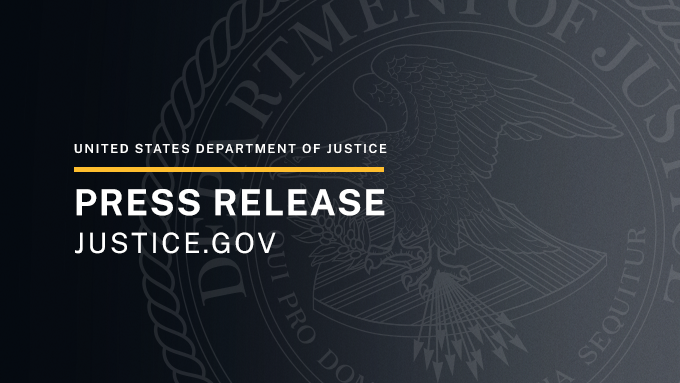Col,
Obamacare was the substitute for Medicaid, not Medicare. Medicare is the health insurance for people collecting Social Security or disability. Medicaid is what poor people get and and reimburses providers at the lowest rate so in any given market, you will have few options for a PCP or other providers but I believe all hospitals have to accept it.
There isn't a two-tier health care system in the US although the uber rich always have special treatment with hospital accommodations Most hospitals have gone to single or double rooms rather than wards so even the poor shouldn't have more than a single roommate and if their illness is contagious, they'll get a single.
The Congress and the public were sold a bill of goods regarding the cost of emergency room care. Hospitals, especially, have multiple tiers of pricing.
1. What they would like everyone to pay. This is almost always unrealistically high but it is what they will bill you if you are not insured and what they will try to collect if they take you to court to attempt to collect.
2. The price negotiated with insurance carriers. This will vary by insurance company depending on how good the negotiators are.
3. The published Medicare reimbursement amount
4. The published Medicaid reimbursement amount.
Here's an example. I had an accident a few years ago and was rushed to the emergency room via ambulance. My carrier at the time was Medicaid (long story. ask if you're interested) which reimburses at an extremely low rate but produces great reports. So, in the end, I got to see exactly what the hospital tried to charge and what my insurance actually paid. Since this happened during the lead up to passing the ACA, it was especially interesting.
$10,200 for two CT scans. One of my head and one of my neck. Medicaid paid $700 for both. $450 each is the going rate at the walk in.
$3,000 for a doctor to read the CT scans. Medicaid paid $500
$8,000 for the plastic surgeon. Medicaid paid $3200
$1,600 for the ambulance. Medicaid paid $350
etc for a total of $35,000. The total of the reimbursements was < $5,000. Since I had insurance, the providers had to accept the Medicaid payments. However, if I had no insurance, the hospital would have billed me $35,000 and that's what I would have had to pay because I have property and income so they could have gotten a judgement. Usually they will negotiate with the uninsured but in my case, they probably wouldn't have due to my income and assets. Anyway, as an uninsured, whatever I didn't pay, they would write off as a loss. Realistically, their loss should have been the average of the prices negotiated with insurance companies which would have been around $20,000 and Medicare would have paid around $15,000. That's how they inflated the cost of covering the uninsured and sold Congress on voting for the ACA because it would FI.
The problem for the uninsured is long term illness and the ACA did nothing to fix that. Nor did it do anything about the multi-tier pricing. Published rates would go a long way toward keeping rates lower. For example, who would go to Bridgeport Hospital and pay $5100 for a CT scan when they could get one at the Radiologist's for $450? People don't shop because it is difficult and the fact that most plans actually hide the cost of care makes the insured not even try. In fact, the insurance companies have a perverse incentive to keep rates high. Their profit is a percent of the premiums paid. If the cost of services rise, they just increase their premiums which earns them more actual dollars. That Medicaid plan I was on for two years was the only insurance I ever had which did such a good job of presenting the cost of service. The reports I get now from Medicare and Humana are confusing and disorganized. so the cost differential is harder to see.

